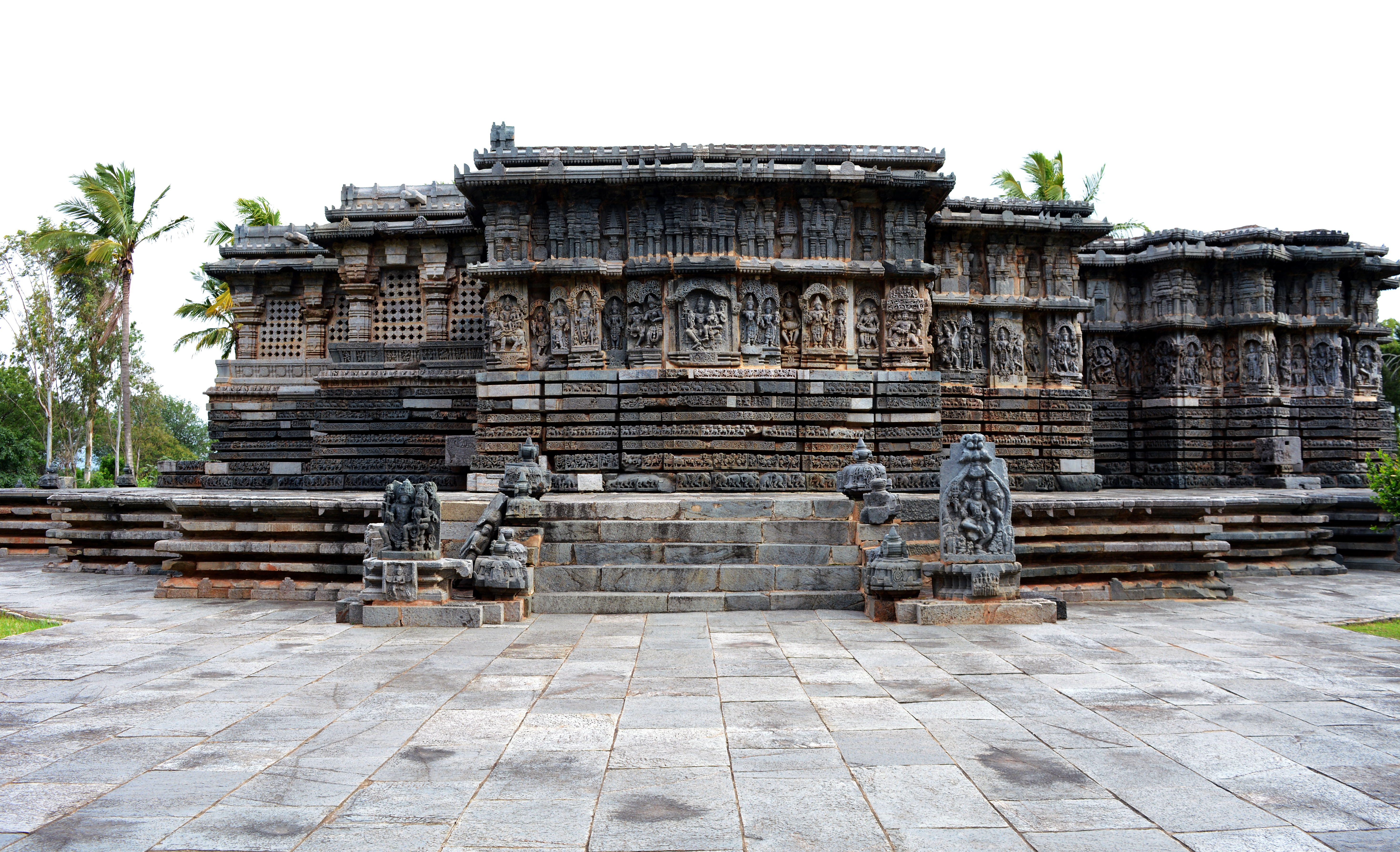

Welcome to Nasik, an ancient pilgrimage city nestled along the sacred banks of the Godavari River. For centuries, Nasik has drawn pilgrims seeking divine solace and spiritual fulfillment. The city is adorned with a plethora of captivating sights, such as the grand Kumbh Mela, the world’s largest religious gathering, and the ethereal Tryambakeshwar Temple, a magnificent tribute to Lord Shiva. While countless tourists flock to Nasik in search of these spiritual experiences, only a handful are aware of the hidden gem just 35 kilometers away. Today, we embark on a journey to Gondeshwar Temple, a 12th-century marvel renowned for its breathtaking architecture, intricate carvings, and awe-inspiring views. So, let’s set forth on this enchanting adventure and explore the wonders that await us.
Sinnar History

Since the dawn of time, Doab, or the fertile land in between two rivers, has been a flourishing location for ancient civilization. Sinnar, geographically located right in between the rivers Pravara and Godavari, was no exception for it. Even though Name Nasik appears during the regime of Ashoka, the name Sinnar appears first in a copper-plate grant of 1069 A. D. It states that Rav Singuni or Seunachandra established a city called Seunpur or Sindiner, today known as Sinnar. The reign of the Yadava dynasty declined after the conquest of the Daulatabad Fort by Alauddin Khilji in 1294. After that, this ancient city went under the invaders…
Gondeshwar temple History

The Gondeshwar temple has an interesting history. It was constructed by Prince Rav Govinda, who belonged to the Gavali community. He was the son of the founder of Sinnar. The temple cost around Rs. 2,00,000 to build. Some people believe that the temple was actually built by Govindaraja, a Yadava king who ruled in the early 12th century.
Regardless of who built it, the Gondeshwar temple is the largest, most complete, and well-preserved example of a medieval temple in the Deccan region. It follows a style called Bhumija, which was popular during that time.
Note: Many people claim Gondeshwar temple to be A Hemadpanti temple. However, it’s important to note that there is no specific architectural style called Hemadpanti. In Maharashtra, people often refer to any medieval temple built between the 10th and 12th centuries as Hemadpanti. Mostly they are Bhumija style temples, a brilliant amalgam of Nagara and Dravida style of temple architecture.
Gondeshwar temple in a Nutshell

Gondeshwar Panchaytana: Gondeshwar is one of the finest examples of the Panchaytan system of temples, where the main deity is established and consecrated in the center larger temple, while the other four deities are in the smaller temples surrounding the main shrine. Ancient temple architectural scripture Sutradhar Mandana goes into detail about how the Shiv-Panchaytan should be constructed. It says,
शम्भोः सूर्यो गणेशश्च चण्डी विष्णुः प्रदक्षिणे । स्थाप्याः सर्वे शिवस्थाने दृष्टिवेधविवजिताः ॥
To establish the Shiv in the middle, one must establish Surya (Sun), Ganesha, Chandi, and Vishnu as per the order on the circumambulation path when it comes to Shiv-Panchaytan. But make sure that they are divided by the sight.
Each temple surrounding the main Gondeshwar Shrine features a remarkably similar architecture, including an elevated base, small Mandapa, intricately adorned door frame, and deity idol from a later period. Furthermore, each of the three outer walls of these smaller shrines is adorned with a distinct deity.
Hidden Underground Passage: According to local legends, Gondeshwar Temple is rumored to possess a concealed underground passage that leads to the nearby Tryambakeshwar Temple, adding an intriguing touch of mystery to the site.
Temple Premises: In its glorious past, the temple served as a significant center of worship, evident from the numerous temple platforms scattered throughout the courtyard, which enclose the current temple area. Despite facing east, the main entrance to the temple is currently closed for unknown reasons. Visitors now enter the temple building through the south entrance, which has become the primary access point.
The south entrance of the temple is adorned with captivating carvings on its outer walls, showcasing exquisite craftsmanship. Additionally, there is a roofed area adjacent to the entrance that was originally designated for sentries and priests to seek shelter. Today, this area serves as a peaceful resting place for visitors to the temple.
In the past, the entire temple premises were enclosed by a roofed compound, providing a sense of grandeur and protection. However, the ravages of time have taken their toll, and now only a couple of rooms remain, bravely enduring the passage of years. These surviving rooms offer a glimpse into the temple’s former glory, standing as a testament to its rich history.
Square Plan: The layout of Gondeshwar temple follows a square plan, measuring 125X95 feet, with the sanctum sanctorum positioned at the center. The outer walls of the temple feature a distinctive star shape, adding a unique touch to its architectural design.
Shikhara (Tower): The temple has a seven-tiered Shikhara or tower that rises in a curvilinear fashion. The shikhara is adorned with intricate carvings and miniature shrines, giving it a rich and ornate appearance.
Intricate Carvings: Elaborate and detailed carvings are a hallmark of the Gondeshwar temple. The temple walls are adorned with intricate sculptures depicting gods, goddesses, celestial beings, and Purana stories on Koota-Stambhas of Mandovaras (outer walls). These carvings showcase the skills of the craftsmen of that era.
Main temple: Main temple has entrances from north, south, and east directions, and the doorframes of these entrances (Upa-Mandapas) are adorned with carvings. Vitana, or the inner roof of these entrances, is decorated with the different deities, Kirtimukhas, and story panels depicting Sanatana stories.
Gondeshwar Temple Mandapa: As you cross the entrance, you stand in the dark hall called mandapa, which has four beautifully carved pillars from top to bottom, surrounding a square platform called Rangasheela. Several layered roofs, exactly the size of the ground platform, can be seen on the top of your head.
Sanctum Sanctorum: The entrance to the sanctum sanctorum of the Gondeshwar temple is greatly adorned with four-door frames that include Shaiva doorkeepers, Kalasha, Ganga, Yamuna, Ganesha, Gandharvas dancing and playing musical instruments, and several deities on the top.
The inner walls of the sanctum sanctorum are rather plain, and the sacred room is dark, with Shiv-Lingam on the floor. The copper dripper is suspended over the Shiv-lingam, helping Mahadev to keep his cool; after all, he is holding the burning Halahal poison of the universe in his throat.
Temples surrounding the Main Gondeshwar Shrine
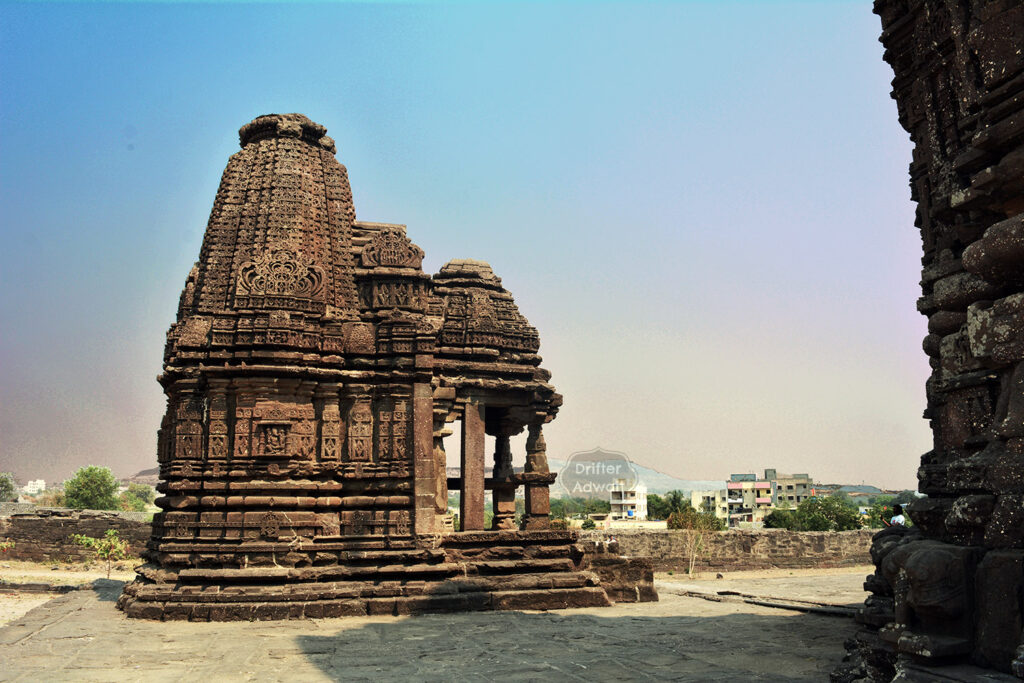






Nandi Mandapa





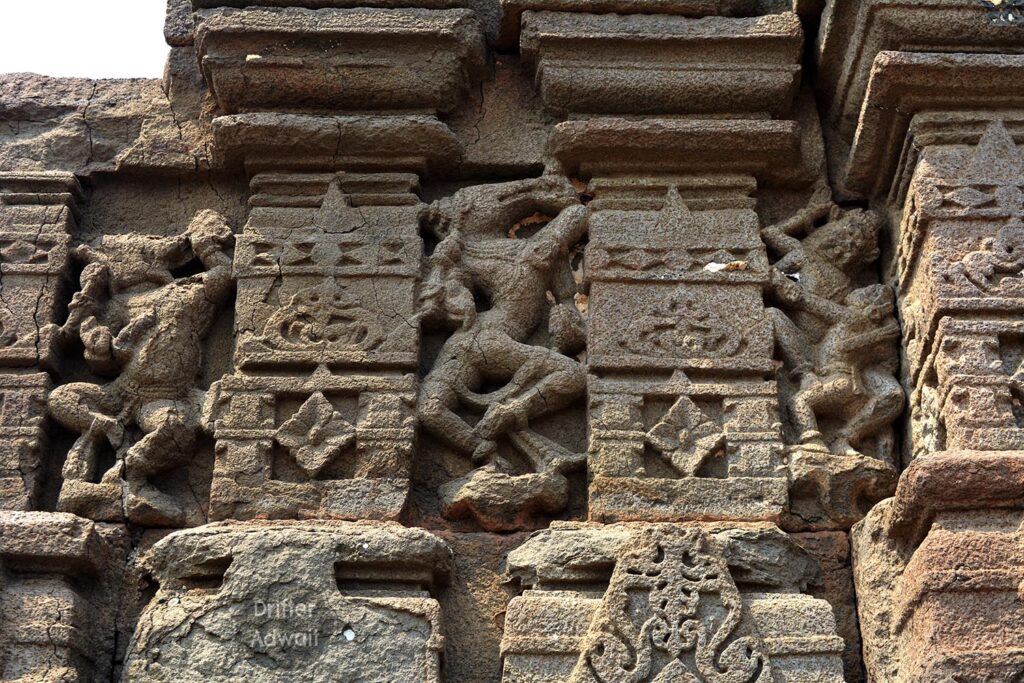
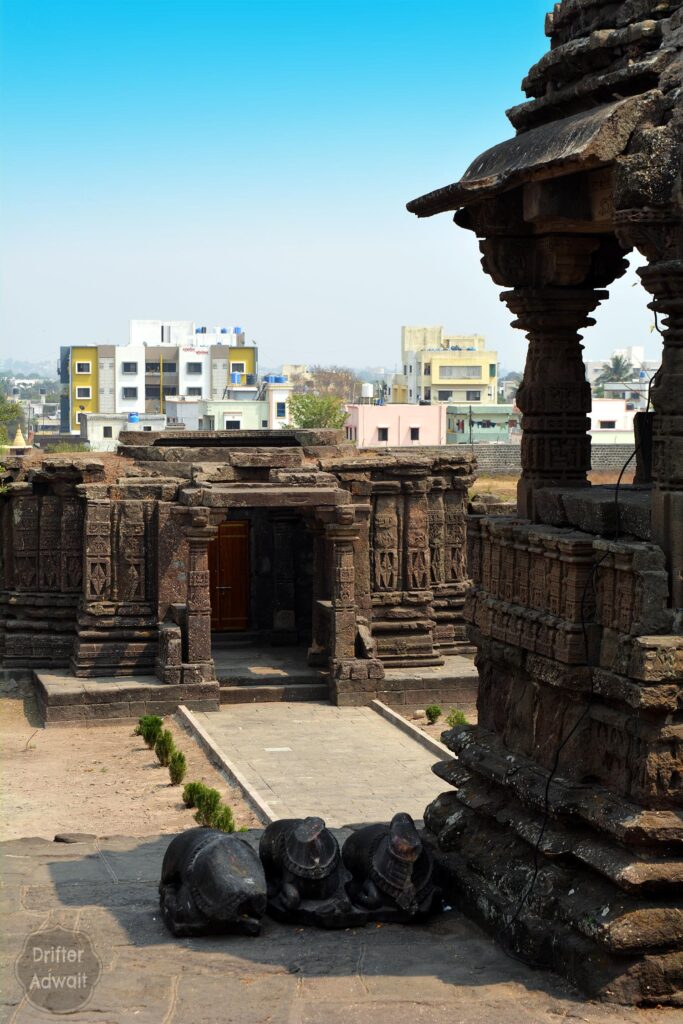
Main Temple











Beutiful Pillars of Gondeshwar Temple



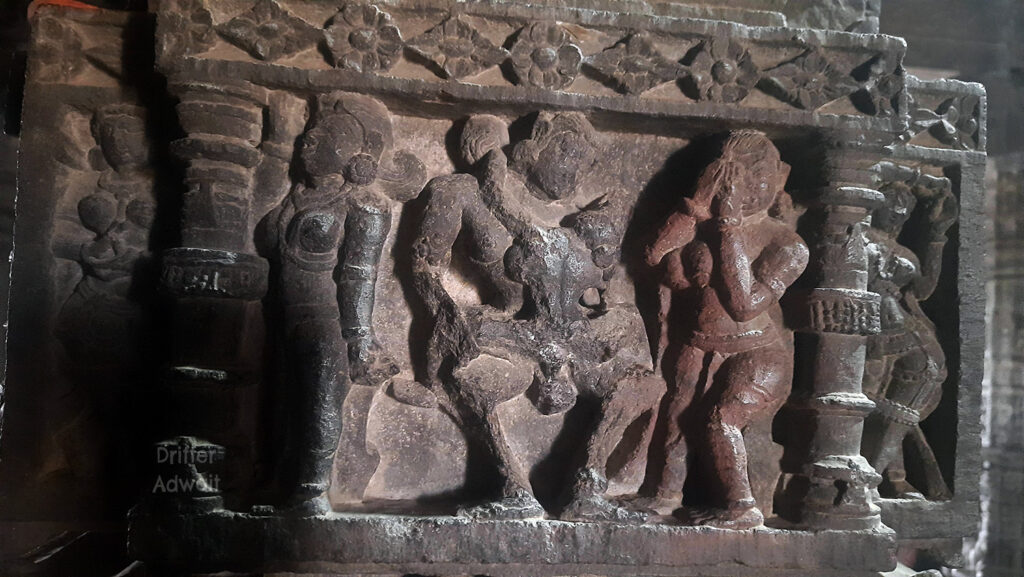







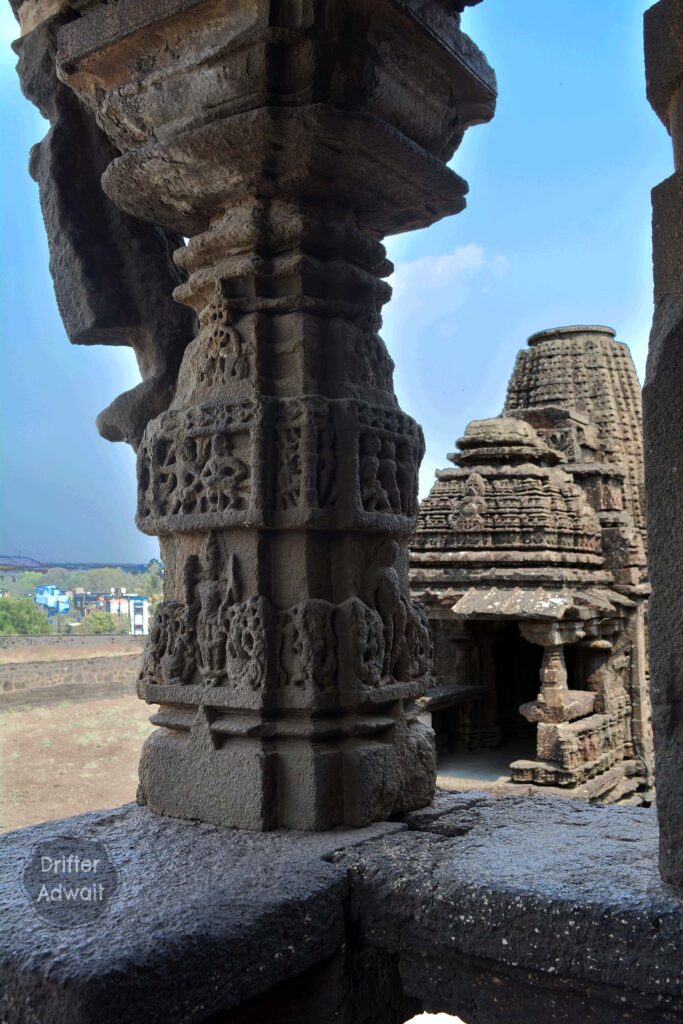

How to reach Gondeshwar temple, Sinnar?
✈️ By Air: The nearest airport is the Pune International Airport, which is well-connected to major cities across India and internationally. From the airport, you can hire a taxi or take a bus to travel to Sinnar, which is approximately 180 kilometers away.
? By Train: The nearest railway station to Gondeshwar Temple is Nashik Road Railway Station, located about 33 kilometers away. Nashik Road Railway Station is well-connected to major cities in India. From there, you can hire a taxi or take a local bus to reach Sinnar and then proceed to Gondeshwar Temple.
? By Bus: Sinnar is well-connected by bus services from various cities in Maharashtra. You can find regular bus services from cities like Nashik, Pune, and Mumbai. State-run buses, as well as private operators, provide transportation to Sinnar. Once you reach Sinnar, you can hire a local taxi or auto-rickshaw to reach Gondeshwar Temple.
? By Car: If you prefer to drive, you can reach Sinnar by car from nearby cities. Sinnar is approximately 35 kilometers away from Nashik, 165 kilometers from Pune, and 195 kilometers from Mumbai. You can use major highways like the Mumbai-Nashik Highway (NH-3) or Pune-Nashik Highway (NH-60) to reach Sinnar. Once in Sinnar, follow the local signs to Gondeshwar Temple.
? Places to stay near Gondeshwar temple, Sinnar: Sinnar has few decent hotels to eat and which provide accommodation. Nasik will be the best option if you are looking for more hotel options. Don’t forget to visit Gargoti Museum in the Sinnar MIDC area, as it is one brilliant geological marvel packed with brilliant zeolite specimens.
Visiting Gondeshwar Temple is not merely a sightseeing experience but a spiritual journey, an opportunity to immerse oneself in the rich cultural tapestry of ancient Indian architecture and Sanatani traditions. It is a place where one can find solace, connect with the divine, and witness the artistic prowess of the skilled craftsmen who crafted this architectural masterpiece.
As we end another fascinating journey through the rich history and mythology of India, I hope you have enjoyed learning about the unique architecture and captivating sculptures of the Gondeshwar temple that adorn our ancient civilization. My mission with DrifterAdwait.com is to shed light on the wonders of our heritage and inspire a love for our shared cultural legacy.
If you found this post informative and entertaining, please share it with your friends and family interested in India’s rich cultural heritage. Don’t forget to comment and let me know which temple or sculpture you’d like me to explore next.
And as always, keep exploring, keep wandering, and keep discovering the magic of this beautiful land!


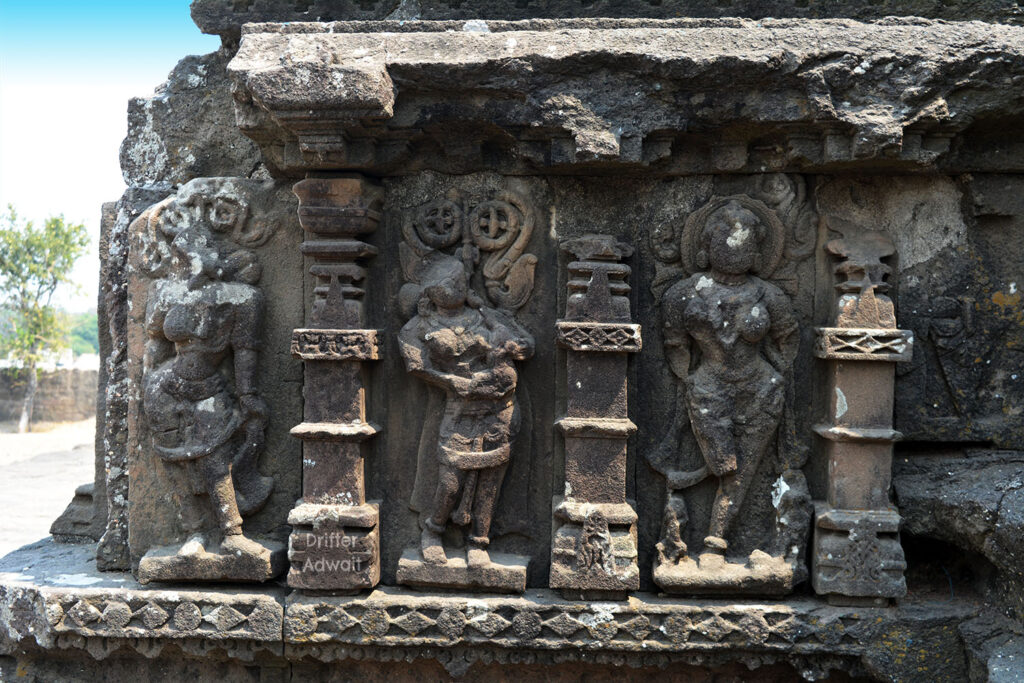
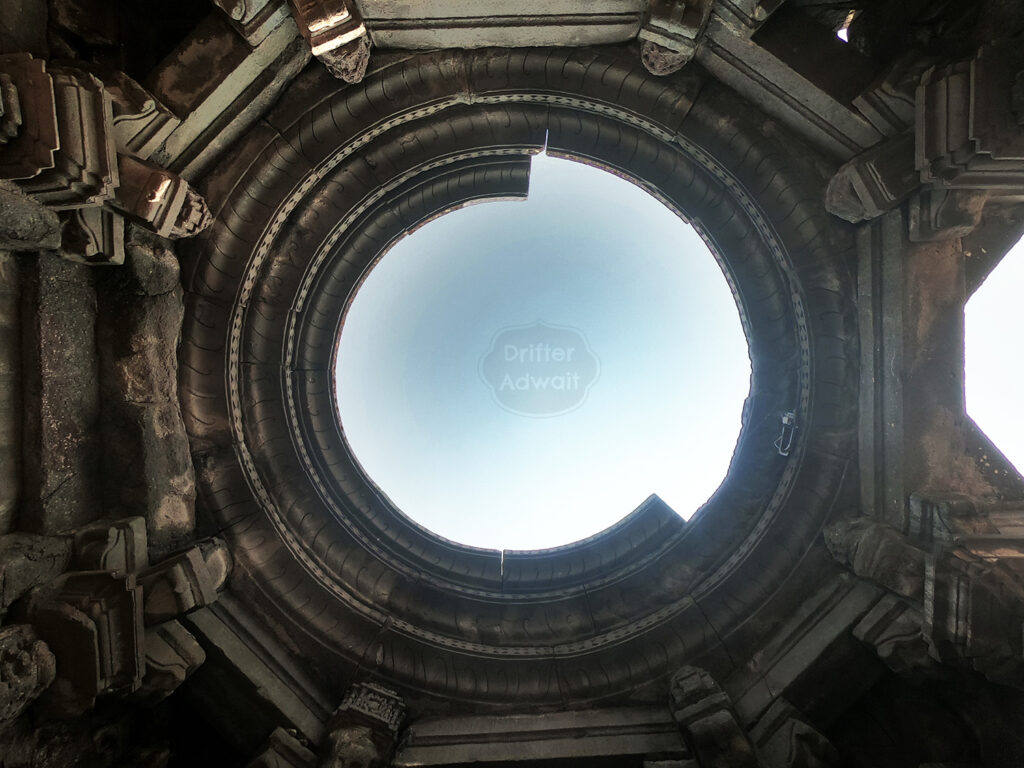

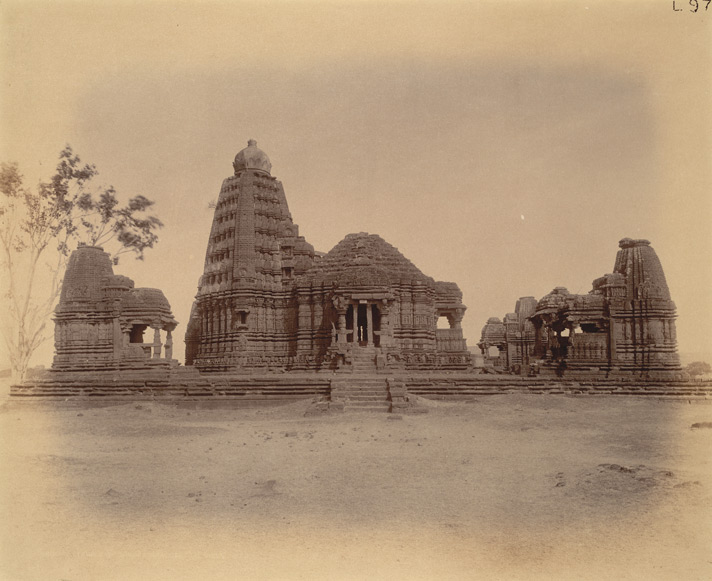



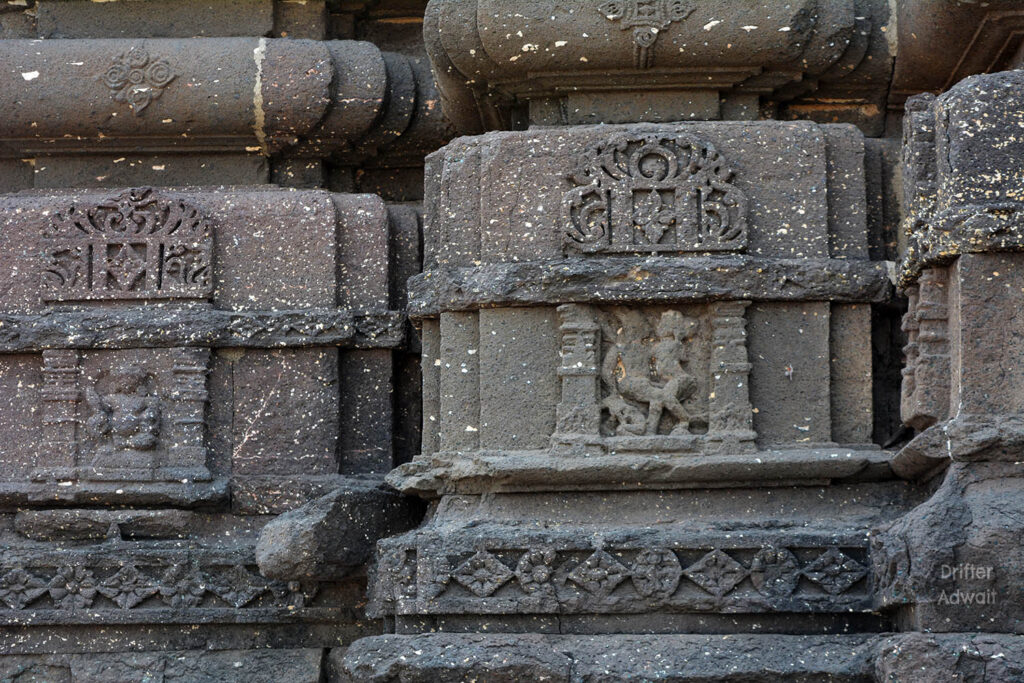





References:
Nasik District Gazetteer, published in 1975 by the Gazetteers Department, Government of India.


